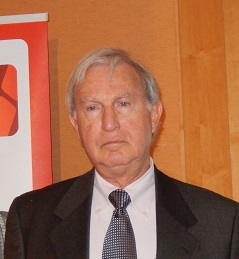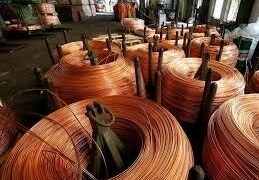London – Just over a month ago we wrote that spring had rather quickly come and gone for natural rubber markets as price-gains made in earlier months were more or less wiped out by mid-May
Since then the market seems to have gained a new lease of life with significant hikes recorded in some Far East markets – ERJ’s June snapshot of trading in China, Japan, Malaysia and Thailand shows.
On the Shanghai Futures Exchange, prices for the most heavily traded future RU1609 closed the trading week ended 1 July at Yuan11,450/tonne.
This was 8.8-percent higher than the early-month level of Yuan10,515/tonne level – as recorded for the trading week to 3 June.
In Bangkok, meanwhile, market prices for RSS1 and RSS3 rose respectively by 14.9 percent and 15.2 percent to $178.85/100 kg and $152.45/100 kg over these same dates.
However, a much more modest increase was noted in the price of SMR20 in Kuala Lumpur, which was up just 1 percent during June to $129.55/100kg on 1 July.
The picture in Tokyo was mixed, with – between 8-29 June – back month prices for NR down 2.1 percent at Yen153.0/kg, but near month prices up nearly 10 percent at Yen165.5/kg.
Overall, though, markets were still well short of the year-to-date peaks reached in April, suggesting that the rally linked to a producer-country drive to rebalance the market was losing steam.
As ERJ has recently reported, recovery was being largely driven by a deal between Thailand, Indonesia, and Malaysia to cut rubber exports by 615kt over the six months to August.
The general line from supplier bodies such as IRCo (the International Rubber Consortium) and the ANRPC (Association of Natural Rubber Producer Countries) is that prices will start to recover significantly within the next couple of years – helped by restrictions on supply and a pick-up in demand, particularly in China.
However, this view is not shared by all.
 Rubber prices remain in a period of long-term decline, according to a senior tire industry figure, speaking at ERJ’s Future Tire Conference 2016.
Rubber prices remain in a period of long-term decline, according to a senior tire industry figure, speaking at ERJ’s Future Tire Conference 2016.
“As you all know raw material prices have gone down and I think this trend will continue,” Jacob Peled, chairman of Pelmar Engineering, said at the event held 24-25 May in Essen, Germany.
“My opinion is not very popular, but I think you all have to prepare for the fact that both synthetic rubber and natural rubber prices will continue to go down. [Prices] will go down quite sharply,” he forecast.
Peled went on to say that the price deflation would “affect, quite badly,” alternative materials, such as dandelion rubber and guayale rubber, “because the need for them will be less acute.”



























